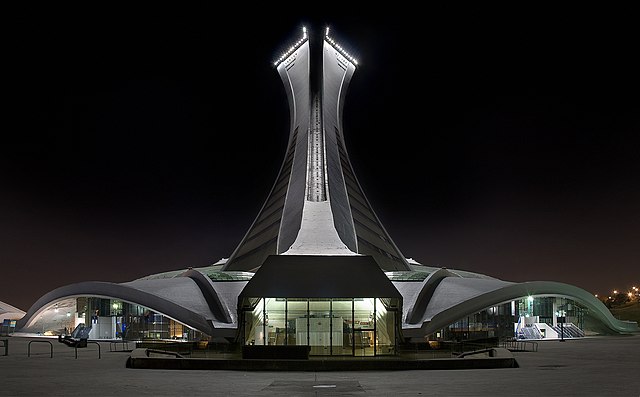Archigram was an avant-garde British architectural group whose unbuilt projects and media-savvy provocations "spawned the most influential architectural movement of the 1960's," according to Peter Cook, in the Princeton Architectural Press study Archigram (1999). Neofuturistic, anti-heroic, and pro-consumerist, the group drew inspiration from technology in order to create a new reality that was expressed through hypothetical projects, i.e., its buildings were never built, although the group did produce what the architectural historian Charles Jencks called "a series of monumental objects (one hesitates in calling them buildings since most of them moved, grew, flew, walked, burrowed or just sank under the water." The works of Archigram had a neofuturistic slant, influenced by Antonio Sant'Elia's works. Buckminster Fuller and Yona Friedman were also important sources of inspiration.
Peter Cook presents Archigram's project of “Plug-in City”
Neo-futurism is a late-20th to early-21st-century movement in the arts, design, and architecture.
WU Vienna, Library & Learning Center by Zaha Hadid
Shanghai World Financial Center by Kohn Pedersen Fox, 2008
The Pavilions of Futuroscope in Poitiers by Denis Laming, 1984
The Tour de Montréal in Montreal by Roger Taillibert, 1987





